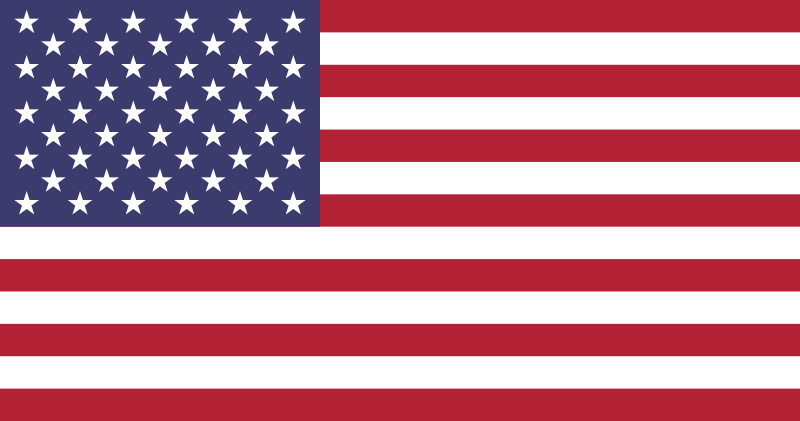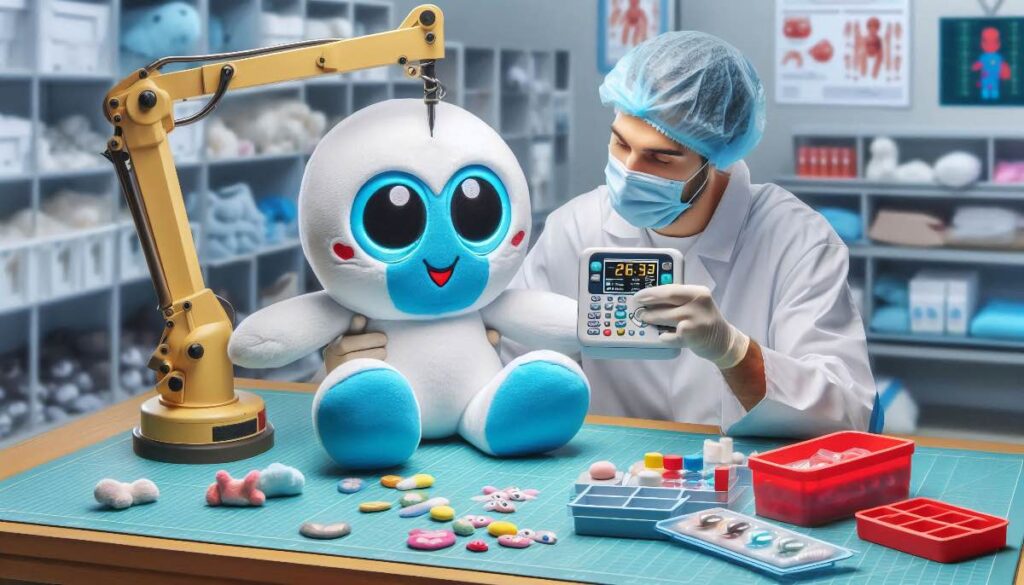Plushies
Safe Plush Toys for Kids: How They’re Made and Tested
Table of Contents
Introduction
When it comes to choosing a toy for a child, especially one that’s meant to be hugged, carried around, or slept with, safety and quality matter more than ever. Plush toys are more than just adorable companions—they’re comfort items, developmental tools, and long-term keepsakes. But how do you know that the plush toy you’re buying is actually safe for your little one?
Understanding how safe plush toys for kids are made and tested can help parents, caregivers, and even collectors make informed decisions. From fabric inspection to flammability testing, plush toy manufacturing involves multiple steps to ensure that each toy meets strict soft toy safety standards. In this blog, we’ll explore the entire quality control process—from the first stitch to the final safety label—so you can feel confident when buying plush toys online or in-store.
According to research by Toy Association (2022), quality assurance in toy manufacturing directly impacts injury prevention and parental trust.
The Importance of Quality Control in Plush Toys
Quality control is the backbone of any responsible toy manufacturer. When it comes to safe plush toys for kids, the stakes are especially high. Unlike hard plastic toys, plush toys are soft, flexible, and often cuddled or chewed—meaning their materials and stitching must be absolutely secure and non-toxic.
Quality control ensures that every plush toy meets safety, durability, and design expectations. This isn’t just about appearance—it’s about preventing hazards like loose buttons, harmful dyes, or poorly stitched seams that could pose risks to children. Each toy must meet a checklist of soft toy safety standards, from fabric strength to chemical safety.
Some manufacturers go even further by submitting their products for voluntary third-party testing or applying for certifications like the CE mark (Europe) or ASTM F963 (United States), signaling the toy has passed rigorous evaluations.
Whether you’re shopping for a cuddly bedtime companion or a soft playtime buddy, choosing certified plush toys for toddlers that have undergone proper testing ensures peace of mind.
Research suggests that consistent quality control in plush toy production reduces product recalls and boosts consumer confidence.
Initial Material Inspection
Before any stitching or shaping begins, the journey of a safe plush toy for kids starts with raw materials—and strict scrutiny. Every element used in the toy, from the outer fabric to the inner stuffing, must undergo an initial material inspection to confirm it’s safe, high-quality, and compliant with regulations.
Manufacturers test materials for toxicity, allergens, and durability. Soft fabrics like polyester blends or organic cotton are inspected for harmful dyes or loose fibers, while accessories such as plastic eyes, zippers, or felt patches must be securely fastened and resistant to choking hazards. Stuffing materials are also tested for microbial resistance and resilience under compression, especially in products like huggable plush pillows or soft plush animals that kids squeeze and carry around daily.
This inspection phase is crucial. If defective or unverified materials make it into the production line, the entire batch can become unsafe or fail compliance later on. By catching potential risks early, manufacturers ensure that only non-toxic stuffed animals reach children’s hands.
The choice of materials plays a fundamental role in toy safety, particularly in reducing long-term health risks from chemical exposure or choking.
During-Production Checks
Once materials pass the initial inspection, plush toys enter the production phase—but the quality assurance doesn’t stop there. To ensure consistency and safety at every step, manufacturers implement during-production checks that monitor the assembly process in real time.
These checks typically involve inspecting the stitching, attachment points, and overall construction of the toy. For instance, a soft plush animal or plush action figure must have seams that can withstand stretching and rough play. Inspectors also ensure that details like embroidered features, sewn-on buttons, or accessory pockets are firmly attached and pose no risk to small children.
At this stage, attention to detail matters: a poorly sewn seam or loosely attached eye might not just reduce a toy’s lifespan—it could also turn a cozy bedtime friend into a safety hazard. Manufacturers often conduct randomized sample inspections of batches to spot irregularities and catch production errors early.
Consistent mid-process inspections ensure that the final product is not only cute and soft but also structurally sound and compliant with international toy safety standards.
Accordingly, effective midline production audits significantly reduce post-manufacturing safety incidents, especially in soft toys intended for young children.
Post-Production Testing
Once a plush toy is fully assembled, it enters one of the most critical phases: post-production testing. This step verifies that every toy meets the promised safety, durability, and quality benchmarks before it ever reaches a shelf or shipping box.
For safe plush toys for kids, post-production testing includes a range of assessments:
Safety Tests
- Tensile Strength Test: Ensures that seams, limbs, and accessories (like eyes or bows) won’t come off if pulled.
- Flammability Test: Confirms the materials used are flame-resistant or meet regulatory fire safety requirements.
- Toxicology Test: Screens for harmful chemicals, dyes, or residues to certify the toy is a non-toxic stuffed animal.
These tests are essential for products aimed at young children, who often explore toys by chewing or tugging. A certified toy gives parents peace of mind knowing it won’t pose a hidden risk.
Durability Tests
Durability checks simulate regular use, including:
- Repeated compression and pulling
- Drop tests
- Washing simulations (for washable toys)
These tests confirm that even with rough play or frequent cuddles, the toy retains its shape, softness, and safety features. Whether you’re buying a plush doll or a stuffed pillow toy, this ensures your choice will stand the test of time.
Some studies have also noted that durability testing is one of the most overlooked yet vital elements of plush toy quality control, particularly for items marketed as heirloom or collector’s toys.
Compliance with Standards
After rigorous testing, plush toys must demonstrate full compliance with both national and international toy safety standards before they can be sold. This legal and ethical checkpoint ensures that every safe plush toy for kids meets defined criteria for chemical safety, physical integrity, and age-appropriate design.
Key Standards and Certifications:
- ASTM F963 (United States): A comprehensive standard covering mechanical safety, labeling, and materials.
- CPSIA (Consumer Product Safety Improvement Act – US): Enforces limits on lead and phthalates, and requires third-party testing for children’s toys.
- EN71 / CE Mark (Europe): Confirms that the toy meets EU health, safety, and environmental standards.
- ISO 8124 (International): A global benchmark for toy safety used in various countries.
Products that meet these standards will often include visible certification marks on their labels or packaging. If you’re shopping for certified plush toys for toddlers, these symbols help reassure you that the toy has passed extensive, regulated safety evaluations.
Reputable sellers and manufacturers also provide compliance documentation upon request, especially for retailers or parents who want to ensure that a toy is truly safe, non-toxic, and suitable for children of specific age groups.
As noted by some experts, clear compliance with safety standards significantly improves customer trust and reduces liability for manufacturers and retailers.
Choosing the Right Plush Toy
Understanding how plush toys are made and tested is just one part of ensuring your child gets a safe, lovable companion. As a shopper, knowing what to look for when buying can help you avoid poorly made products and confidently choose safe plush toys for kids that are durable, non-toxic, and joyfully huggable.
Tips for Smart Plush Toy Shopping:
1. Read Product Descriptions and Reviews
Detailed listings often include key information about:
- Material types (e.g., hypoallergenic cotton, flame-retardant polyester)
- Age recommendations
- Certifications (like CE or ASTM F963)
- Washing instructions
Customer reviews are also a goldmine for real-life feedback on durability, softness, and child safety. If multiple parents mention that a plush toy held up through rough toddler play, that’s a strong indicator of quality.
2. Purchase from Reputable Sources
Shopping from trusted marketplaces or specialty toy retailers—like Tixymix.com—increases the likelihood of getting toys that have passed the necessary quality checks. Reputable sellers prioritize safety, often providing clear information about how plush toys are tested for safety.
3. Look for Certifications
Always check labels or product pages for verification marks like:
- CE
- ASTM
- CPSIA-compliant
These indicators show that the plush toy has met recognized soft toy safety standards, and that the manufacturer values child safety.
Consumers who check for certification marks and material details are far less likely to purchase unsafe or counterfeit toys.
How Plush Toys are Packaged
After passing all inspections, safety tests, and certifications, each plush toy receives its final flourishes. This includes the finishing steps that transform it from a factory product into a soft, lovable companion ready to delight a child or collector.
Final Quality Assurance
Before packaging, each plush toy is visually and physically inspected one last time. Quality control specialists check for:
- Loose threads or uneven seams
- Misaligned facial features or accessories
- Cleanliness (no lint, stains, or production debris)
- Proper labeling and age-appropriate safety tags
These final checks help ensure that whether you’re buying a soft plush pillow or a small plush animal friend, your purchase will arrive in perfect, safe, and adorable condition.
Safe Packaging and Shipment
Reputable manufacturers often take care with packaging too. Plush toys may be wrapped in clean plastic sleeves, boxed in protective cartons, and labeled with care instructions. Some brands include safety documentation or QR codes linking to product compliance info—especially helpful when shopping for quality plush toys online.
So the next time you unwrap a cute plush bunny or receive a squishy dinosaur pillow from your favorite online store, know that you’re holding a product that has been carefully tested, lovingly assembled, and certified safe for kids.
According to some, the final packaging phase is crucial for preserving product hygiene and consumer trust, particularly for gifts and baby toys.
References
Toy Association. (2022). Toy safety and manufacturing standards: A parent’s guide to quality assurance. Retrieved from https://www.toyassociation.org


